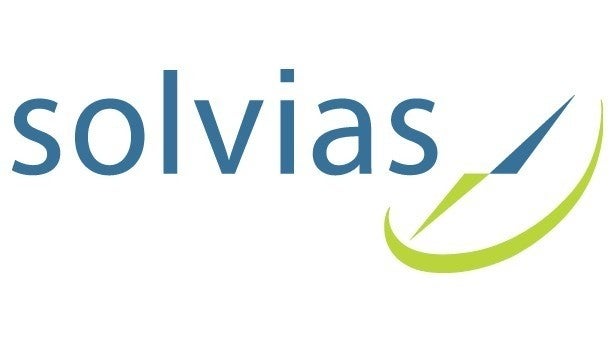
Since the discovery of a single nitrosamine in Valsartan in June 2018, the presence of nitrosamines in drug products has been recognised as a crucial safety concern. Nitrosamines were subsequently found in a range of active ingredients, leading to swift and decisive action by regulators to eliminate the presence of these carcinogenic substances.
The European Medicines Agency (EMA) has mandated that marketing authorisation holders (MAH) must perform a risk evaluation for all medicinal products containing chemically synthesised active pharmaceutical ingredients (APIs) to assess the risk of nitrosamine impurities.
Nitrosamines are generally formed by the reaction of secondary or tertiary amines with nitrous acid, which can be formed in situ from nitrites under acidic conditions. Most cases of nitrosamine contamination can be attributed to nitrite sources and amines used in the same manufacturing step. However, nitrosamines may also be formed under conditions where sources of nitrites or amines are present as unintentional contaminants in the process. One reason can be the carry-over of nitrites from previous process steps and their subsequent reaction with an amine to generate an unexpected nitrosamine impurity. Lastly, nitrosamines may also occur due to contaminated raw materials or excipients present in the manufacturing process or final product.
How can this challenge best be addressed?
All processes with amines that use or generate nitrites should be considered at risk of generating nitrosamine impurities. Therefore, the testing of raw materials, intermediates and excipients for nitrates and nitrites is a critical step.
Ion chromatography is the first choice for nitrate/nitrite impurity analysis. This approach allows for direct and simultaneous detection as well as quantification of both analytes in a wide variety of matrices. Low limit of quantification (LOQ) requirements and wide variation in matrices pose substantial analytical challenges. The respective limits of detection and determination (LODs or LOQs) are strongly dependent on the water solubility of the test substances and their matrix components; thus, obtaining reliable and scientifically sound results requires significant skill and in-depth scientific expertise.
Solvias is well-positioned to help our customers manage these requirements. Experts at our competence centre for ion chromatography have developed methods to quantitatively determine traces of nitrite and nitrate in excipients, intermediates, drug products and drug substances. LOQs for both analytes typically range in the single-digit mg/kg relative to the test substance concerned. The data obtained can provide crucial reassurance and evidence to support the mandatory risk assessment for all marketed products.
Would you like to learn more about advanced ion chromatography trace analysis of nitrites and nitrates at Solvias? Contact us today by filling out the enquiry form attached to this page to discuss your requirements and find out how we can help.

